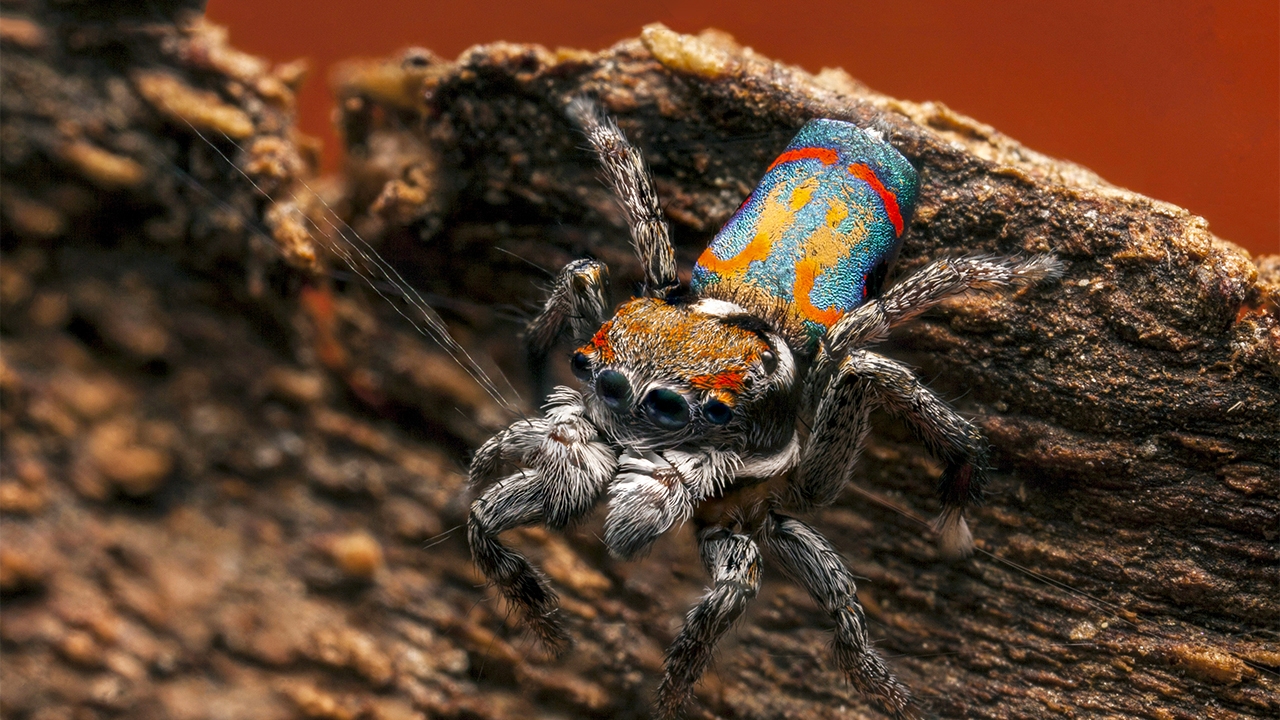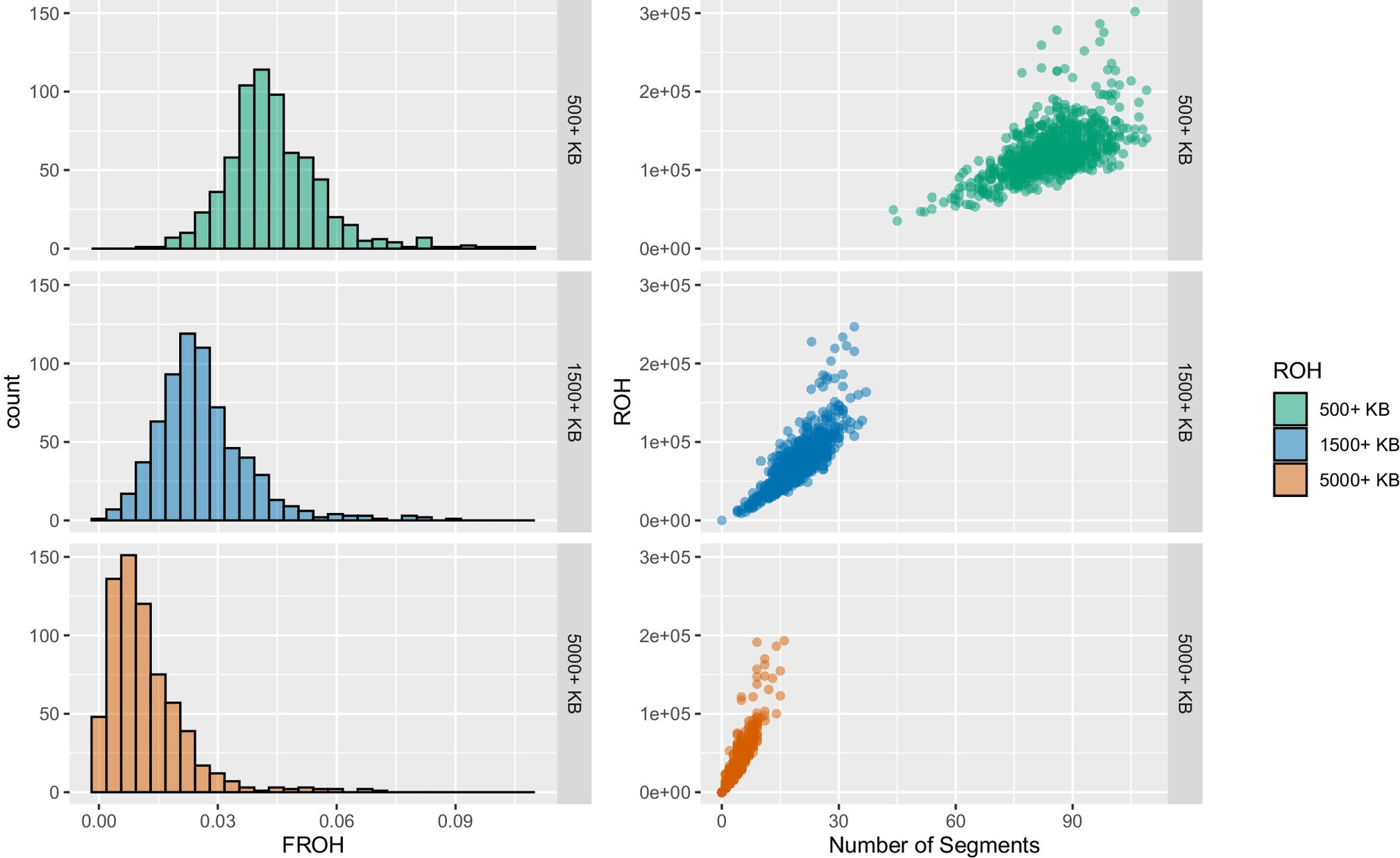
Understanding the Evolutionary Significance of Spider Inbreeding
Spider inbreeding is a fascinating and often misunderstood aspect of the arachnid world. While many may cringe at the thought of insects mating with close relatives, it is important to recognize the evolutionary significance behind this behavior. In this article, we will explore the reasons behind spider inbreeding and shed light on its importance in the grand scheme of nature.
The Role of Adaptation
Spiders, like any other species, strive to adapt and survive in their environment. Through the process of inbreeding, spiders increase the chances of preserving beneficial genetic traits within their population. This includes traits that aid in survival, reproduction, and their ability to thrive in specific ecological niches.
By mating with close relatives, spiders are more likely to pass on these advantageous genetic traits to their offspring. Through generations of inbreeding, the population becomes more genetically homogeneous, enhancing their adaptation to the local environment. This is especially crucial in environments with limited resources or extreme conditions.
Reducing the Spread of Harmful Mutations
Inbreeding also serves as a mechanism to minimize the spread of harmful mutations within spider populations. When closely related individuals mate, deleterious genetic traits are more likely to be exposed and purged from the population. This helps maintain the overall genetic health of the species.
Through natural selection, populations have evolved mechanisms to avoid inbreeding depression, a phenomenon where inbreeding leads to reduced fitness and survival rates. In some cases, spiders have developed intricate mating behaviors, such as mate-choice and kin recognition, to prevent inbreeding and encourage outbreeding with unrelated individuals.
Conservation Implications
Understanding the evolutionary significance of spider inbreeding has important implications for conservation efforts. In some cases, small and isolated spider populations may be more prone to inbreeding due to habitat fragmentation. This can lead to a decrease in genetic diversity, making the population more vulnerable to environmental changes and increasing the risk of extinction.
Conservationists can employ strategies to mitigate the adverse effects of inbreeding within spider populations. These can include habitat restoration, creating connectivity between isolated populations, and implementing genetic rescue programs by introducing genetically diverse individuals into affected populations. By doing so, we can help preserve the evolutionary potential and long-term survival of spider species.
Conclusion
Spider inbreeding is not just a bizarre behavior but an essential aspect of their evolutionary history. Through inbreeding, spiders can adapt to their surroundings, maintain genetic health, and enhance their chances of survival. Understanding the significance of inbreeding in spiders allows us to appreciate the complexity of nature’s mechanisms and develop conservation strategies to protect these remarkable creatures.
Exploring the Reasons behind Spider Incestuous Behavior
When it comes to peculiar behaviors in the animal kingdom, few things can rival the strangeness of spider incestuous behavior. Spider species, known for their intricate webs and predatory skills, occasionally engage in mating with close relatives, defying the typical norms of avoiding incest.
The Curiosity of Spider Incestuous Behavior
Scientists have long been fascinated by the phenomenon of spider incest, seeking to uncover the underlying reasons behind this unconventional behavior. While incestuous mating can result in negative consequences such as reduced genetic diversity and increased susceptibility to diseases, certain species, such as the orb-weaving spider, seem to defy the odds.
Recent studies suggest that there may be several factors at play in the occurrence of spider incestuous behavior:
- Ecological Constraints: In some environments, suitable mates may be limited due to factors such as isolation or resource scarcity. In such cases, spiders may have no other choice but to mate with close relatives.
- Optimizing Fitness: Spiders engaging in incestuous behavior may have evolved mechanisms to compensate for the potential negative effects. By carefully selecting their mating partners, spiders may enhance their genetic traits and overall fitness.
- Population Density: High population density can lead to a higher likelihood of encountering relatives. In crowded spider communities, the opportunity for incestuous mating naturally increases.
The Influence of Genetic Benefits
Contrary to popular belief, incestuous mating in spiders may not always result in negative outcomes. Improved genetic benefits can emerge from such unions, as closely related individuals often share beneficial traits. By mating with close relatives, spiders have the potential to retain advantageous adaptations and pass them on to their offspring.
Furthermore, spider species that exhibit incestuous behavior have developed mechanisms to mitigate the potential risks. For instance, some species prioritize selecting mates with different immune system profiles, reducing the likelihood of disease susceptibility in their offspring.
Conclusion
In the realm of the animal kingdom, spider incestuous behavior stands as an intriguing example of nature’s intricate workings. Although incestuous mating may seem bizarre and counterintuitive, its occurrence in certain spider species hints at the complex interplay of ecological constraints, genetic benefits, and population dynamics.
Understanding the reasons behind spider incestuous behavior not only illuminates the curious world of arachnids but also highlights the intricate ways in which evolutionary adaptations shape the diversity of life on our planet.

Examining the Genetic Consequences and Potential Risks of Spider Inbreeding
Spider inbreeding is a topic that has piqued the curiosity of scientists and entomologists alike. As we delve into the world of these fascinating arachnids, it is crucial to explore the genetic consequences and potential risks associated with inbreeding. In this article, we will unravel the complexities surrounding spider inbreeding, shedding light on the long-term impacts it may have on the spider population as a whole.
The Impacts of Inbreeding on Spider Genetics
One of the primary genetic consequences of spider inbreeding is an increase in the expression of recessive traits. When closely related spiders mate, they have a higher chance of inheriting the same recessive alleles from their shared ancestors. This can lead to the manifestation of harmful genetic conditions and a reduction in overall fitness.
Inbreeding depression is another significant outcome of spider inbreeding. As genetic diversity decreases within a population, the chances of inheriting detrimental mutations and developing weakened immune systems increase. Weak individuals that are more susceptible to diseases and environmental stressors are more likely to perish, resulting in a decline in overall population health.
The Potential Risks Posed by Inbreeding
Inbreeding in spider populations can lead to a phenomenon known as inbreeding load. This occurs when the accumulation of deleterious alleles surpasses the capacity of natural selection to eliminate them. As a result, the survival and reproductive success of a population decline over successive generations.
The narrowing of the gene pool through inbreeding also compromises the adaptive potential of a spider population. Genetic variation enables a species to adapt to changing environmental conditions, such as the emergence of new predators or the availability of different prey. Inbreeding reduces this variation, making spiders more vulnerable to extinction in the face of environmental changes.
Conclusion
In conclusion, understanding the genetic consequences and potential risks of spider inbreeding is crucial for conservation efforts and the maintenance of healthy ecosystems. By examining the impacts of inbreeding on spider genetics, we can work towards implementing strategies to mitigate the negative effects and ensure the long-term survival of these remarkable arthropods.
- Inbreeding leads to an increase in the expression of recessive traits.
- Inbreeding depression weakens the overall fitness of spider populations.
- Inbreeding load can result in a decline in survival and reproductive success.
- Narrowing of the gene pool reduces adaptive potential, making spiders more vulnerable to extinction.
By spreading knowledge about these implications, we can foster an appreciation for the preservation of spider populations and work towards maintaining the delicate balance of our planet’s biodiversity.
Disclaimer: The information provided in this article is for educational purposes only. Readers are encouraged to seek professional advice before making any decisions based on the insights presented.
